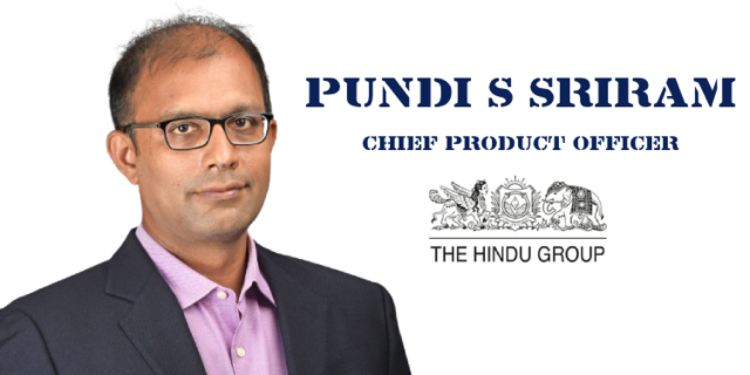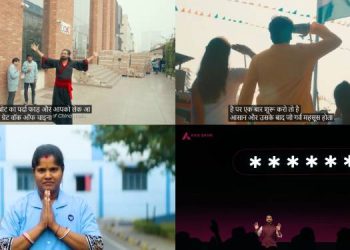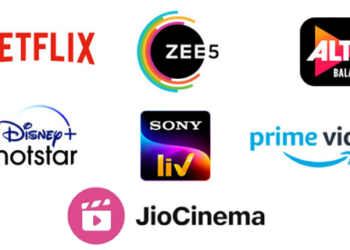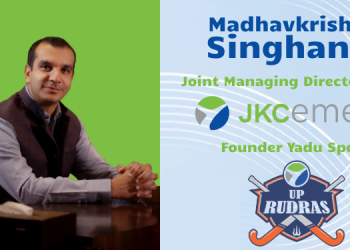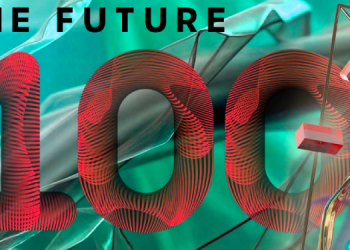“Wooing a digital reader is a lot like building a romantic relationship,” said Pundi S Sriram, Chief Product Officer at The Hindu Group while speaking at the InsightView webinar series organized by Madras Ad Club. He was speaking on the topic ‘Wooing the digital reader with lessons from Tamil Cinema’.
Sriram elaborated, ‘the key challenge in a romantic relationship is finding that ‘one person’ for you and when you find that one person you have to make a first impression which is followed by pursuit- the conversations etc. Once these are achieved it is about building a connection with the person which will lead to a relationship.”
“There will be a villain in the romantic relationship- which is another important factor. Another major factor is to build a long-lasting relationship,” he noted.
He further spoke on the parallels they observe on a daily basis in terms of digital readership.
“In our world, finding the one is audience acquisition. Our reader now is everywhere, people consume news from The Hindu from all over the world. Another part is building an incredible user interface followed by engagement. We should also focus on personalized user experiences, there is also a challenge of making the users pay for the news consumption- which is the villain,” he added.
Sriram delved in detail about identifying and understanding the audience.
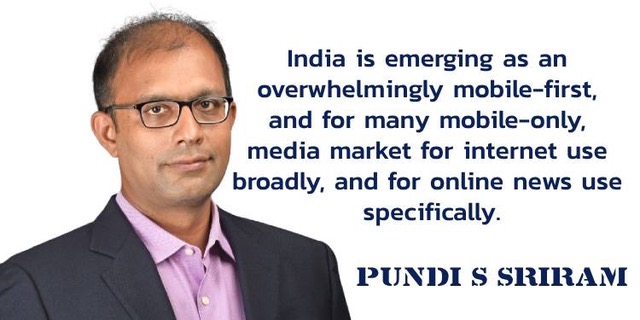 “Today the first interaction with news happens on mobile phones- this is applicable to all publications in all languages. I will quote a Reuters report, “India is emerging as an overwhelmingly mobile-first, and for many mobile-only, media market for internet use broadly, and for online news use specifically.”
“Today the first interaction with news happens on mobile phones- this is applicable to all publications in all languages. I will quote a Reuters report, “India is emerging as an overwhelmingly mobile-first, and for many mobile-only, media market for internet use broadly, and for online news use specifically.”
Of the respondents to the Reuters survey, 68 pc identify smartphones as their main device for online news. Preference for smartphones for news access was significantly higher than that for desktop computers and tablets, preferred by 17 pc and 3 pc respectively; 31 pc of our respondents say they only use mobile devices for accessing online news.
“These are not simple as it looks, we need to be wherever the user is consuming news. Consuming news on mobile doesn’t mean that the user is visiting our website every time when they do it. It can happen on social media platforms like LinkedIn, Instagram, YouTube. They will also be consuming news in other formats like short videos, and that’s where media consumption and interaction are happening. Gone were the days where people consume news with newspapers, of late it starts with mobile phones and scrolling, in the process, they consume news on the phone,” Sriram said.
“For The Hindu, 80 pc of the readers access through Google, hence we need to be present on the platforms where consumers are,” he underlined.
“We need to evoke the spark of interest in the readers, for which increasingly we are doing things now that are captivating the users’ interest and attention the first time they land on our website,” Sriram said.
He presented some works by the publication which are used to captivate the user’s attention.
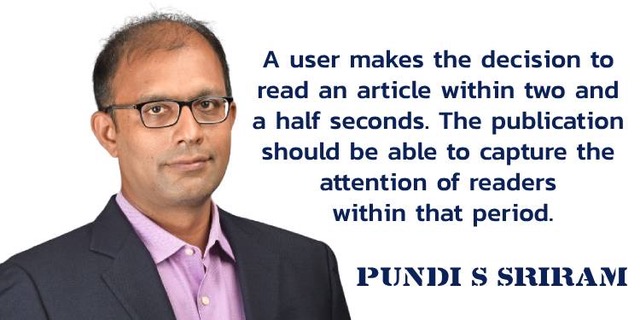 “A user makes the decision to read an article within two and a half seconds. If the publication is not able to capture the attention of readers within that period, then the people are going to move on, which is challenging for us. Hence, we put in more efforts to capture the user’s attention,” he said.
“A user makes the decision to read an article within two and a half seconds. If the publication is not able to capture the attention of readers within that period, then the people are going to move on, which is challenging for us. Hence, we put in more efforts to capture the user’s attention,” he said.
Sriram touched up on the consistency of the efforts across all the platforms for better user experience.
“After capturing the reader’s attention, the next step is to engage with the user. In a world where we believe that everybody is scrolling through news all the time. Even the younger audience is looking for articles with depth. One of the things that The Hindu has done, we have done a series of 27 stories in-depth from all possible angles about the Bangalore water shortage issues because our readers are demanding that kind of information,” Sriram said.
Sriram further spoke about building a deeper connection with the readers.
“The more things we do together with the readers, the better we get to know each other,” he said.
He elaborated on it with the examples of the stories covered by the publication.
“In our world, we need to build a deep relationship with the users, but at some point, it is a business that we are running. We have to get paid for that, and we are trying to charge our readers a subscription for the kind of interaction and services we are providing. It is a tough task as the readers are getting news from different sources (though there is a question about the authenticity of the same). Hopefully building a deeper connection with the readers will help us overcome this challenge,” he said.
“We need to constantly innovate to build lasting engagement with our readers. We also need the users to invest in us,” Sriram noted.
He elaborated with an innovation done with Frontline magazine of The Hindu Group.
“We are encouraging our readers to come and submit content which is done through reader comments on our website. If you are a reader and have put up a good comment, then the reader has an opportunity to feature on the front page of Frontline. This encourages the users to invest time in doing things with us,” he said.
“That’s essentially the essence of a long-term relationship. We are building similar solutions like this, which are online and offline,” Sriram surmised.

